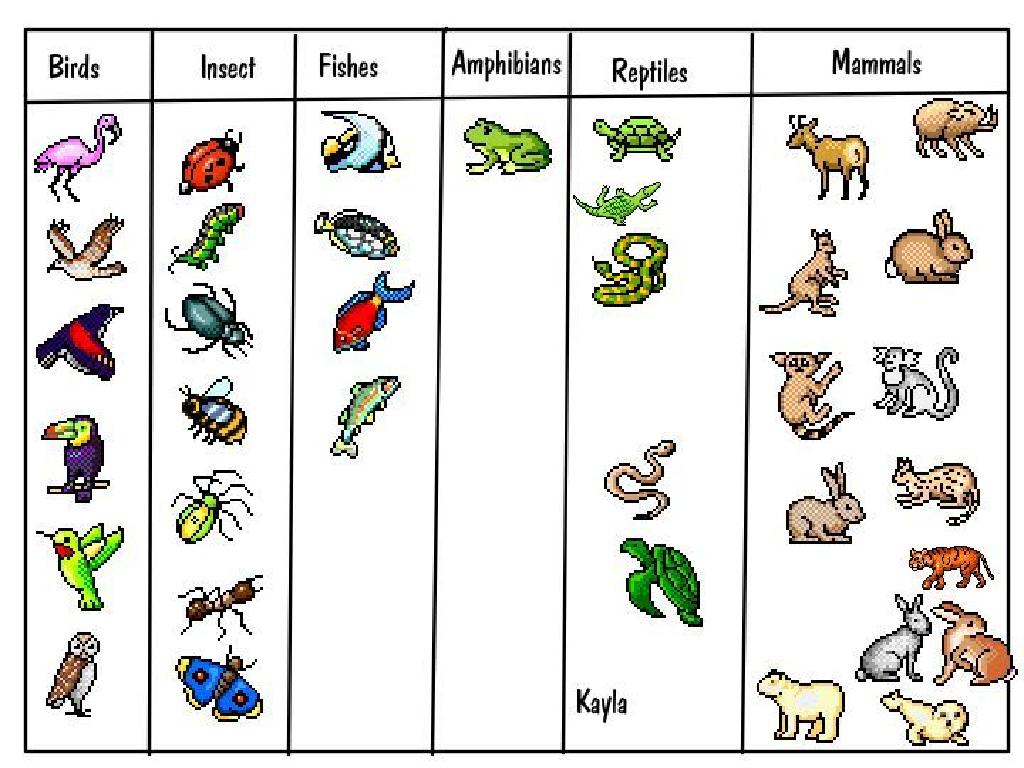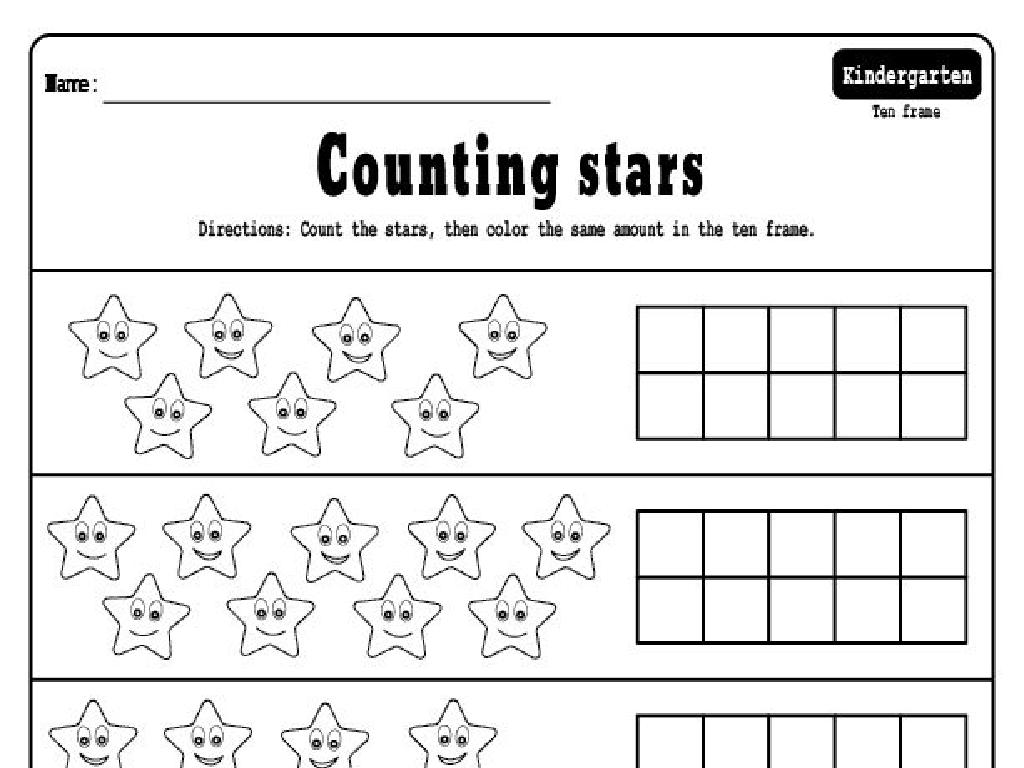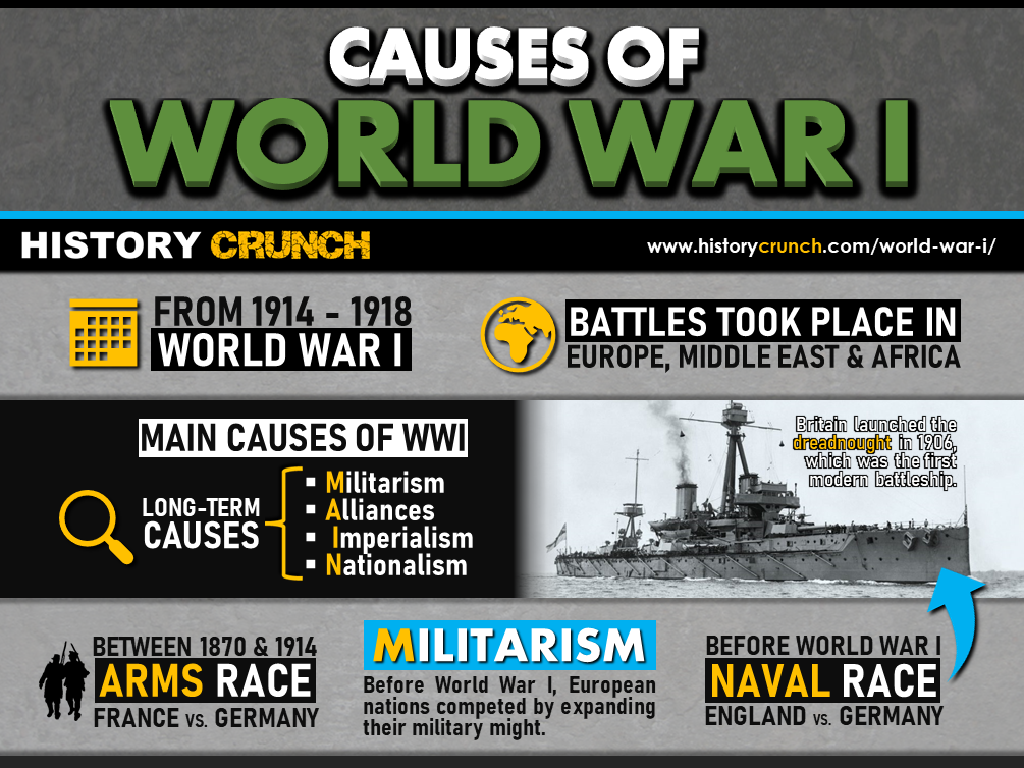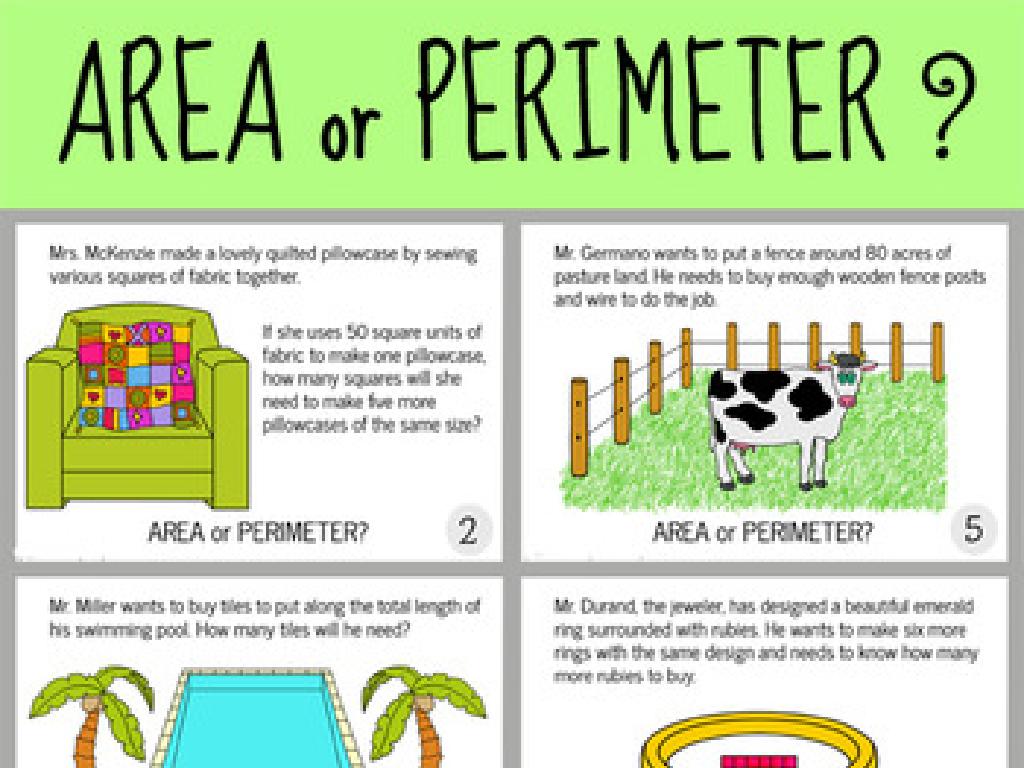The Bill Of Rights
Subject: Social studies
Grade: Fourth grade
Topic: Government
Please LOG IN to download the presentation. Access is available to registered users only.
View More Content
Understanding the Bill of Rights
– What is the Bill of Rights?
– The Bill of Rights is the first 10 amendments to the US Constitution that protect our freedoms.
– The first 10 amendments
– These amendments include freedoms like speech and religion.
– Rights protect our freedoms
– They ensure we can express ourselves and make choices.
– Why rights matter to everyone
– Rights are important because they keep everyone’s freedoms safe.
|
This slide introduces the Bill of Rights as a crucial part of our government that protects the freedoms of every individual. Begin by explaining what an amendment is and then discuss each of the first 10 amendments briefly. Emphasize how these rights impact our daily lives and why they are essential for a fair and just society. Encourage students to think about how different life would be without these protections. The goal is to help students appreciate the freedoms they have and understand the role of the Bill of Rights in safeguarding these freedoms.
Understanding the Bill of Rights
– The Bill of Rights basics
– The first 10 changes to the Constitution
– Protects individual freedoms
– Rights like speech, religion, and press
– Ensures fair government
– Limits powers to protect citizens
– First 10 Amendments
|
The Bill of Rights is a crucial part of American history and the foundation of citizens’ freedoms. It comprises the first ten amendments to the US Constitution and serves as a promise to protect individual liberties and ensure a fair and just government. These amendments include fundamental rights such as freedom of speech, religion, and the press, as well as protections against unreasonable searches and excessive bail. It’s important for students to recognize these rights and understand their impact on daily life. Encourage discussion about how these rights apply in their own experiences and why they are essential for a democratic society.
The First Amendment
– Freedom of Speech
– Freedom of Religion
– Choosing and practicing any religion
– Freedom of the Press
– Right to Assemble
– Right to Petition
|
The First Amendment is a cornerstone of American democracy, granting citizens fundamental rights to express themselves and engage in society freely. It includes the freedom of speech, allowing individuals to voice their opinions; the freedom of religion, ensuring the right to practice or not practice any religion; the freedom of the press, enabling journalists to report without fear of censorship; the right to assemble peacefully, allowing people to come together for demonstrations or meetings; and the right to petition the government, providing a way for citizens to request changes or express concerns. Use the example of freedom of religion to show how these rights affect daily life. Encourage students to think of other examples where they see these freedoms in action, such as news reports or community events.
Our Rights: Arms & Soldiers
– Second Amendment explained
– It says people can have weapons to protect themselves.
– Right to own weapons
– Third Amendment explained
– This means soldiers cannot stay in your house without permission.
– Protection from soldiers
|
This slide introduces the Second and Third Amendments to the Fourth graders. The Second Amendment gives people the right to own weapons, such as guns, for their protection. It’s important to clarify that there are rules about who can own a weapon and how it can be used. The Third Amendment protects citizens from having to house soldiers in their homes during peacetime without their consent. This was a big issue during the American Revolution and the founders wanted to make sure it wouldn’t happen again. Encourage students to think about why these rights are important and how they contribute to a person’s sense of safety and privacy.
Fourth Amendment: Privacy Protection
– Understanding the Fourth Amendment
– It says the government can’t search you or your stuff without a good reason.
– Your privacy is a right
– Police need a reason to search
– For example, police must have a warrant to check your things.
– Safeguarding personal belongings
– This means your backpack, pockets, and home are protected.
|
The Fourth Amendment is an important part of the Bill of Rights that protects citizens from unreasonable searches and seizures. It ensures that everyone’s privacy is respected by the government and law enforcement. When teaching this to fourth graders, explain that just like they have secrets and private things they keep to themselves, the Fourth Amendment helps keep everyone’s personal things safe from being searched without a good reason, such as a warrant from a judge. Use relatable examples like a locker or diary to illustrate the concept of privacy. Encourage students to think about times when they want their own space or things to be private, and relate that to the protections offered by the Fourth Amendment.
Rights in Criminal Cases
– Fifth Amendment: Silence is a choice
– You don’t have to speak if you think it might cause you trouble.
– Sixth Amendment: Fair trials for all
– Everyone should have the chance to prove they’re innocent with a fair judge and jury.
– Seventh Amendment: Jury in civil cases
– Not just for crimes, but for disagreements about money or property too.
– Eighth Amendment: Punishments must be fair
– No one should be treated harshly or in a way that is too severe for the crime.
|
This slide covers the rights provided in criminal cases by the Bill of Rights. The Fifth Amendment protects individuals from self-incrimination, meaning they can choose not to speak during legal proceedings if they believe it could be used against them. The Sixth Amendment ensures that a person accused of a crime has the right to a fair trial, which includes an impartial jury and the opportunity to confront witnesses. The Seventh Amendment extends the right to a jury trial to civil cases involving disputes over money or property. Lastly, the Eighth Amendment prohibits the government from imposing excessive bail, excessive fines, or cruel and unusual punishments. Discuss with students how these amendments aim to ensure justice and fairness in the legal system. Use relatable examples to illustrate each right, such as comparing the right to remain silent to not having to answer a question in class if they think it might get them in trouble.
Our Rights and State Powers
– Ninth Amendment: Unlisted Rights
– People have rights that are not written in the Constitution.
– Tenth Amendment: State Powers
– States have powers that the federal government doesn’t.
– Rights beyond the Bill of Rights
– States’ role in Government
|
This slide introduces the Ninth and Tenth Amendments to the students, emphasizing that the list of rights in the Constitution isn’t all-inclusive and that people have other rights too. It also explains that the Tenth Amendment gives states certain powers, separate from the federal government. This helps students understand the concept of federalism in the United States. Encourage students to think about rights they enjoy that might not be explicitly listed and discuss how state laws can differ from federal laws. Provide examples of state powers, such as education and police, to illustrate the Tenth Amendment.
The Importance of the Bill of Rights
– Safeguards personal freedoms
– It keeps our basic rights like speech & religion safe.
– Restricts government power
– It stops the government from having too much control.
– Guarantees fairness for everyone
– It makes sure laws are just and apply to all people.
– Foundation of American democracy
|
This slide aims to explain to fourth-grade students why the Bill of Rights is a crucial part of the United States government and its impact on their daily lives. It protects individual freedoms such as freedom of speech and religion, ensuring that everyone can express themselves and practice their beliefs without fear. It also limits the power of the government, preventing any branch from becoming too powerful and overstepping. Additionally, the Bill of Rights ensures a fair system for all citizens, promoting justice and equality. It’s the foundation of American democracy, and understanding it helps students appreciate the freedoms they enjoy. Encourage students to think of examples of how these rights play a role in their lives and the lives of their families.
Class Activity: Rights in Action!
– Role-play different scenarios
– Act out scenes where Bill of Rights is used
– Create your own amendment
– Imagine & write a new right for our country
– Group discussion on rights
– Share which right matters most to you & why
– Reflect on the importance of rights
|
This interactive class activity is designed to help students understand the Bill of Rights through role-play, creativity, and discussion. Begin by dividing the class into small groups and assign each a scenario where they act out a right being exercised. Next, encourage students to think critically about what new amendment they would add to the Bill of Rights, fostering a sense of civic engagement. Follow this with a group discussion where each student shares which right they believe is most important and why, promoting empathy and understanding. Conclude with a reflection on how these rights impact their daily lives and the importance of protecting them. Possible role-play scenarios include freedom of speech in a school setting, the right to a fair trial, or the right to privacy. For creating amendments, guide students to consider contemporary issues or personal experiences.





